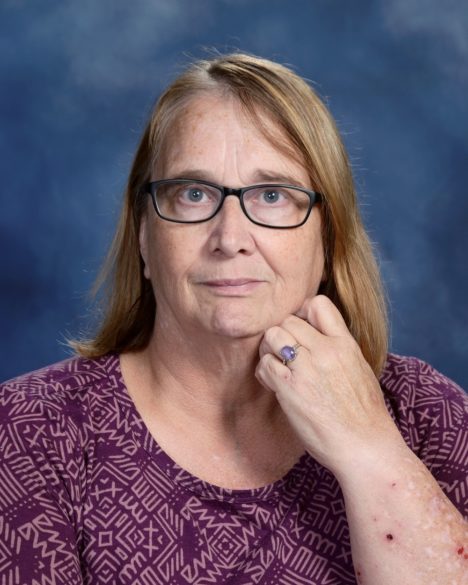THINGS OLD AND NEW
By Ruth Powers
Now that the summer break is a little more than halfway over, parents and students begin to turn their attention to the start of the next school year. Although this topic may seem more suited to the celebration of Catholic Schools Week in January, as we look toward the start of the new school year it may be beneficial to take a look at the history of Catholic schools in our country and the role they played in transmitting the faith to our children. My own family has benefitted as we have had our faith shaped by Cathedral School in Natchez for six generations (my grandchildren being the sixth.)

Catholic education in what would become the future United States began with Franciscan friars establishing schools in Spanish territories in the 1500s, educating both Indigenous people and Spanish settlers. The French later established schools along the Ohio and Mississippi Rivers. Notably, the Ursuline Academy in New Orleans, founded in 1727, which is still in operation today.
In English colonized areas, however, there was a different story. Although the original Puritan settlers came looking for religious freedom, they did not practice religious toleration. Their strict Calvinists beliefs led to hostility towards Catholics, influencing attitudes across the original colonies, especially in New England and the Northeast. Maryland, initially a haven for persecuted Catholics, was overtaken by Calvinist rebels in 1689, leading to the outlawing of Catholicism.
After the Revolutionary War religious toleration became much more widespread in law, allowing Catholics to again freely worship without fear of persecution, but social attitudes remained staunchly anti-Catholic in many places. Into this situation stepped St. Elizabeth Ann Seton, an Episcopalian convert to Catholicism, who is credited with founding the U.S. Catholic School system. Seton was approached by a priest of the Sulpician order to come to Maryland and start a school for Catholic girls, which she did in 1810. She also gathered a number of women around her and founded the Daughters of Charity. Members of this religious order travelled around the United States and founded Catholic Schools in areas where there were concentrations of Catholics.
From the 1820s through the 1850s Catholic immigration from Ireland and Germany dramatically increased, sparking a rise in anti-Catholic sentiment. This era saw the formation of the “Know-Nothings,” a political party aimed at halting Catholic immigration and eradicating Catholic influence in the United States. To achieve this, the public school system, where most immigrant children were educated due to the scarcity of Catholic schools, became a battleground. Horace Mann, the system’s advocate, staunchly opposed institutional religion, particularly Catholicism. The idea was for the Protestant teachers to use Protestant prayers, hymns, and study of the Protestant Bible to indoctrinate Catholic children against the teachings of the Catholic Church.
In response to the Know-Nothing movement and the violence it engendered, a series of Councils were held in Baltimore, Maryland in 1852, 1866 and 1884. The second and third of these councils were instrumental in the development of the system of parish-based Catholic schools that many of us grew up with. The Second Council called for the erection of parochial schools in every Catholic parish, and Catholic teachers working in public schools should be employed in Catholic parish schools wherever possible. Catechism classes were to be provided for students who couldn’t afford to attend the parish school. The Third Plenary Council went even further. It called for the establishment of Catholic high schools and addressed parents as well. It stated, “we not only exhort Catholic parents … but we command the with all the authority in our power, to procure a truly Christian education for their dear offspring … (and) send them to Catholic … schools,” unless they otherwise obtained permission from their local bishop.
Parochial schools grew exponentially after this, due in large part to the work of women religious who were willing to staff them for very little in the way of salary or benefits. Catholic schools continued to flourish, and the next waves of immigrants in the late nineteenth and early twentieth century (Italians) and after WWI (Poles and other Eastern Europeans) found schools ready not only to help their children learn academics, but also to enculturate into American society without giving up their Catholic faith.
Parochial schools thrived until the early 1960’s, but declining numbers of religious vocations necessitated hiring lay teachers, coupled with rising operational costs, leading to the closure of numerous Catholic schools in recent years. Increased tuition has further restricted access for many families, resulting in a significant resurgence of Catholic students in public schools, marking a pivotal moment in the landscape of U.S. education.
Currently, there is a move to once again integrate religious chaplains and required bible study into public school classrooms. Catholic parents need to look back at what happened in the nineteenth century and ask some hard questions – what will these chaplains do, which Bible will be taught, and who will be doing the teaching to make sure there is not another attempt to indoctrinate our children.
(Ruth Powers is the program coordinator for the Basilica of St. Mary in Natchez.)
